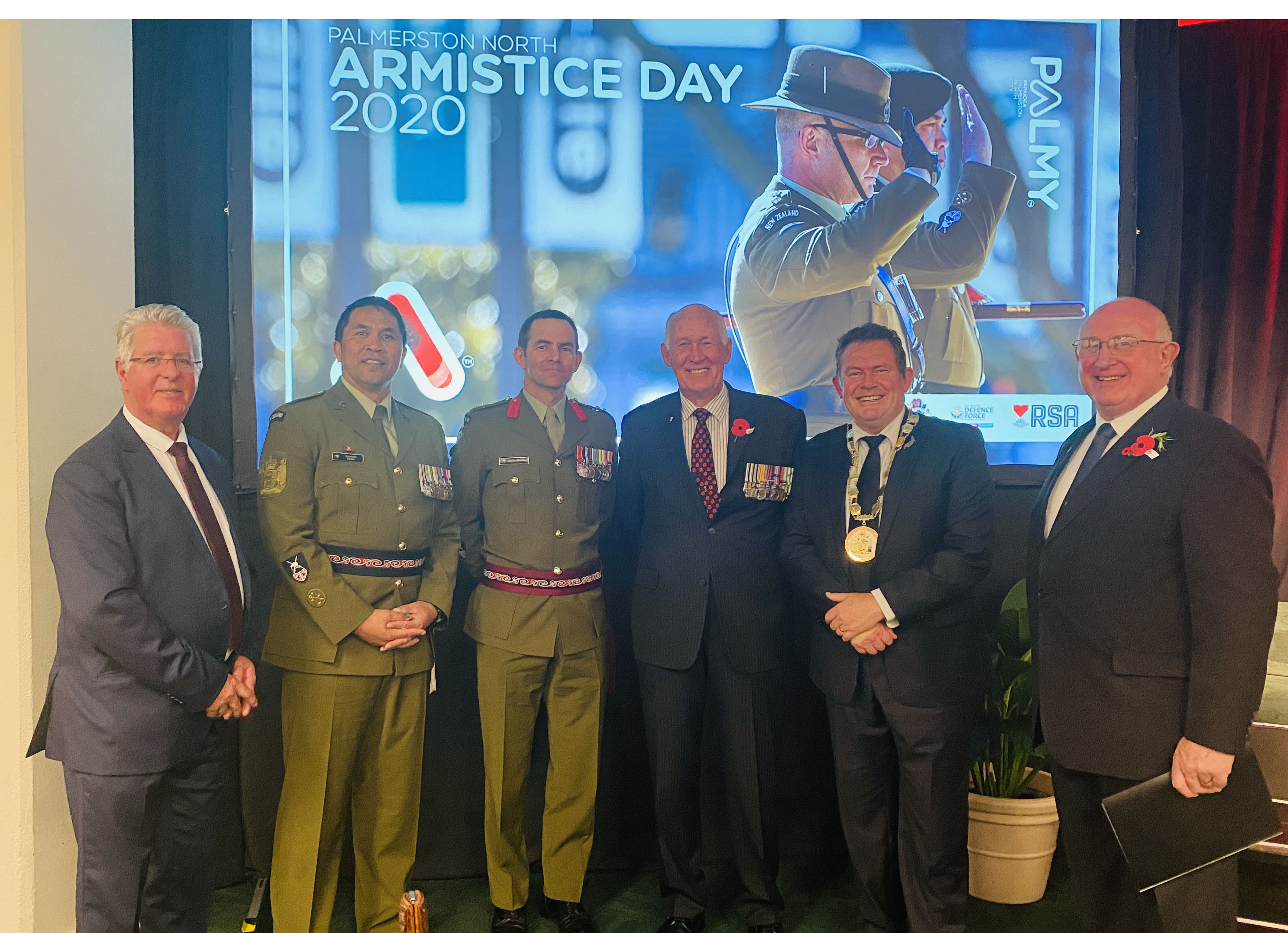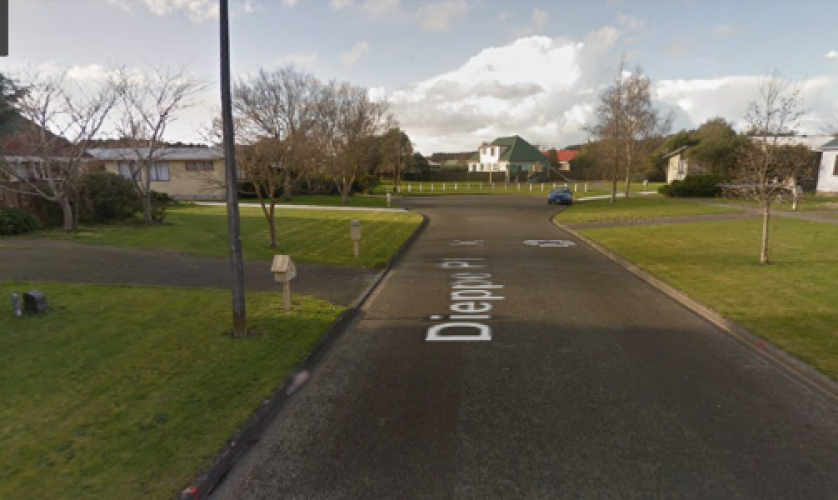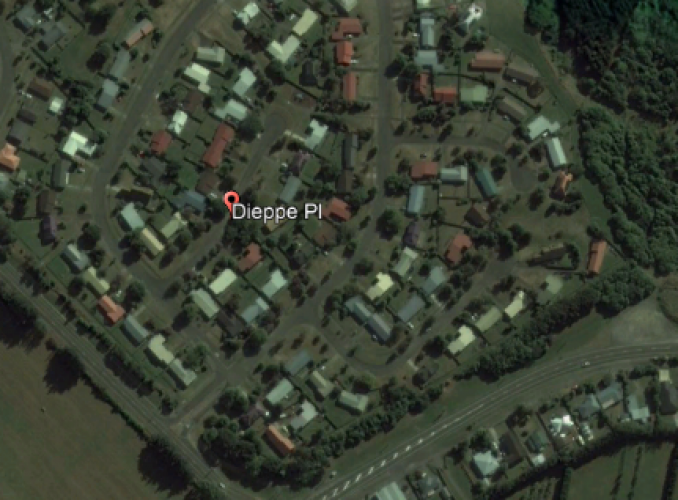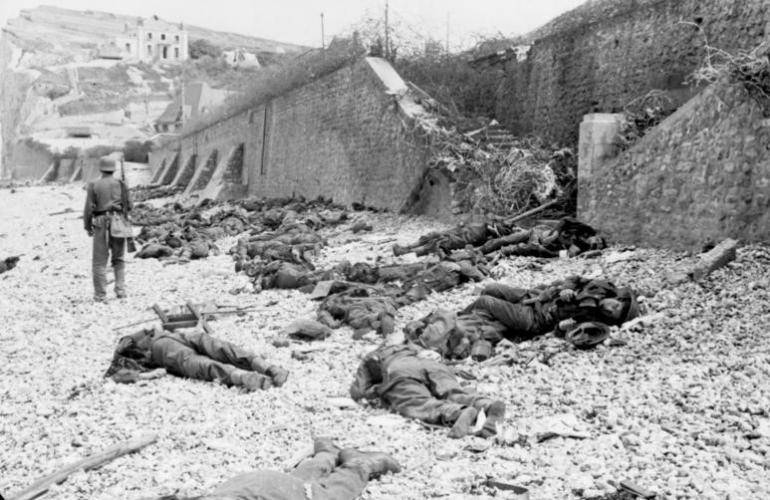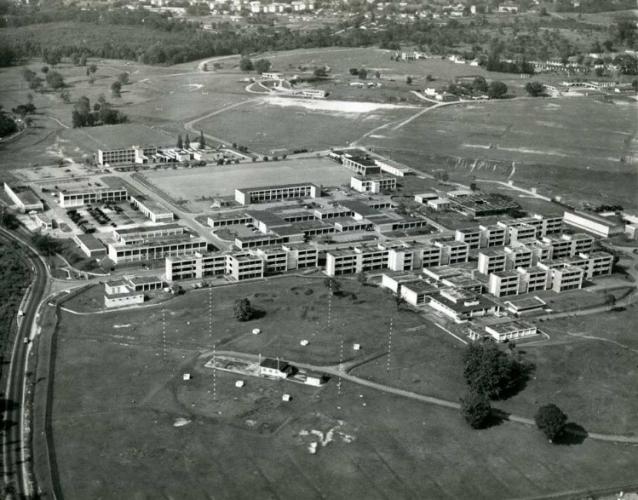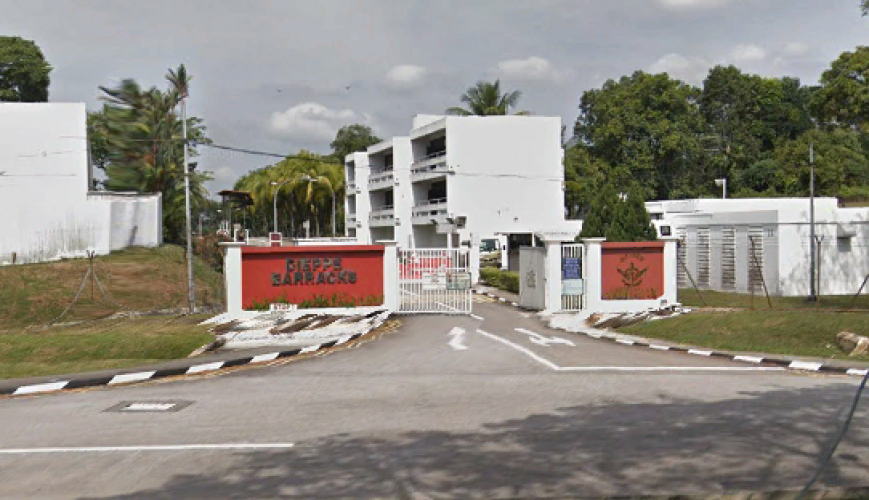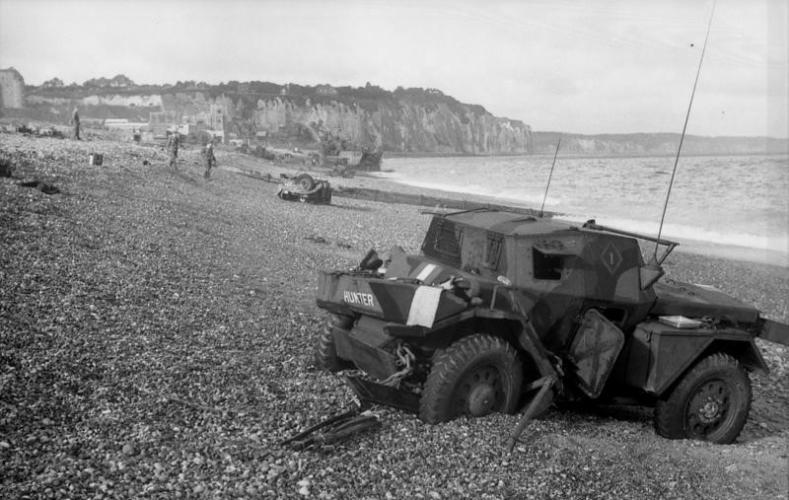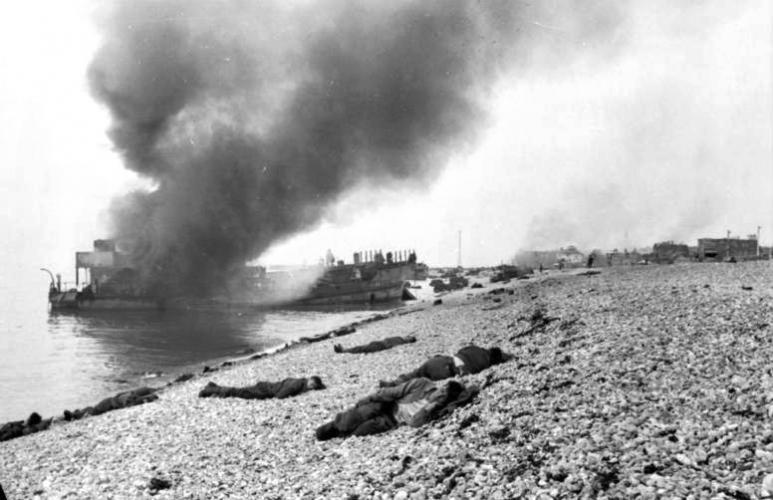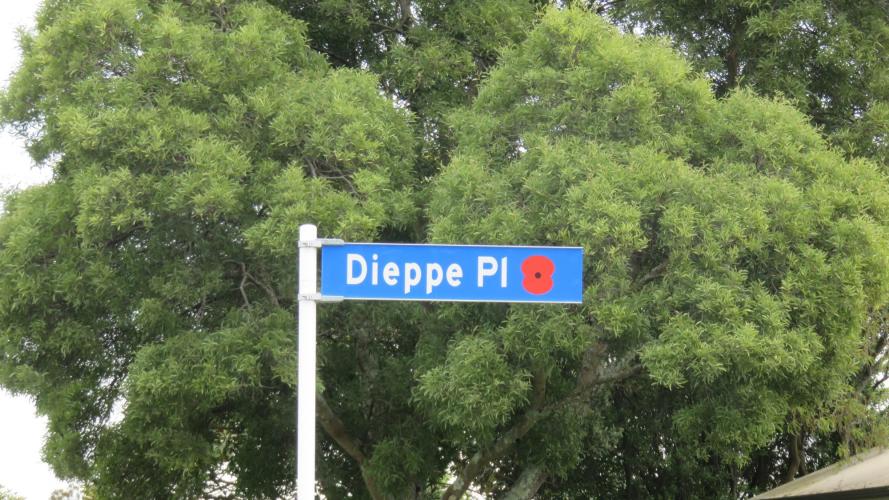255 Dieppe Place LMC Palm Nth, street scene 2019
Reason for the name
This street was named in honour of New Zealand’s Battalion and supporting troops stationed in Dieppe Barracks Singapore from 1971 to 1989. Most streets within NZDF Camps and Bases are named in honour of prominent people, battles, campaigns, ships, aircraft and places creating a rich history of our military service.
A New Zealand infantry battalion was stationed in Singapore from 1969 and they took up residence in Dieppe barracks in 1971. Until 1974 British and Australian troops were also stationed in Singapore. Australia withdrew its forces in 1974, while the British had withdrawn most soldiers by 1971 and all its forces by 1976. New Zealand maintained its battalion in Singapore until 1989.
1RNZIR was relocated south from Terendak Camp in Malaysia to Singapore in December 1969. At first they were stationed at Nee Soon Garrison, but in June 1971 they were moved to Dieppe Barracks.
Before the 1RNZIR took over the site, Dieppe Barracks was the home of Number 40 Royal Marine Commando. The presence of British military bases in Singapore was one reason for Indonesian President Surkano’s hostility towards Malaysia, which, during part of the Confrontation period, incorporated Singapore.
Author: The Poppy Places Trust
On the departure of 40 Commando, Royal Marines, Dieppe Barracks was handed over to the New Zealand Force South East Asia (NZFORSEA). In 1989 on the departure of NZFORSEA, 1 RNZIR relocated to Linton Military Camp in New Zealand and Dieppe Barracks was handed over to the Singapore Armed Forces. New Zealand did not change the name of the barracks and kept the British Forces name of Dieppe.
The Dieppe Raid was an Allied assault on the German-occupied port of Dieppe, France on 19 August 1942, during the Second World War. The main assault lasted less than six hours until strong German defences and mounting Allied losses forced its commanders to call a retreat. Over 6,000 infantrymen, predominantly Canadian, were supported by The Calgary Regiment of the 1st Canadian Tank Brigade and a strong force of Royal Navy and smaller Royal Air Force landing contingents. It involved 5,000 Canadians, 1,000 British troops, and 50 United States Army Rangers.
Objectives included seizing and holding a major port for a short period, both to prove that it was possible and to gather intelligence. Upon retreat, the Allies also wanted to destroy coastal defences, port structures and all strategic buildings. The raid had the added objectives of boosting morale and demonstrating the firm commitment of the United Kingdom to open a western front in Europe.
Virtually none of these objectives were met. Allied fire support was grossly inadequate and the raiding force was largely trapped on the beach by obstacles and German fire. Less than 10 hours after the first landings, the last Allied troops had all been either killed, evacuated, or left behind to be captured by the Germans. Instead of a demonstration of resolve, the bloody fiasco showed the world that the Allies could not hope to invade France for a long time. Some intelligence successes were achieved, including electronic intelligence.
Of the 6,086 men who made it ashore, 3,623 (almost 60%) were either killed, wounded or captured. The Royal Air Force failed to lure the Luftwaffe into open battle, and lost 106 aircraft (at least 32 to anti-aircraft fire or accidents), compared to 48 lost by the Luftwaffe. The Royal Navy lost 33 landing craft and one destroyer. The events at Dieppe influenced preparations for the North African (Operation Torch) and Normandy landings (Operation Overlord).
The objective of the raid was discussed by Winston Churchill in his war memoirs:
I thought it most important that a large-scale operation should take place this summer, and military opinion seemed unanimous that until an operation on that scale was undertaken, no responsible general would take the responsibility of planning the main invasion ...
In discussion with Admiral Mountbatten it became clear that time did not permit a new large-scale operation to be mounted during the summer (after Rutter had been cancelled), but that Dieppe could be remounted (with the new code-name "Jubilee") within a month, provided extraordinary steps were taken to ensure secrecy. For this reason no records were kept but, after the Canadian authorities and the Chiefs of Staff had given their approval, I personally went through the plans with the C.I.G.S., Admiral Mountbatten, and the Naval Force Commander, Captain J. Hughes-Hallett.


